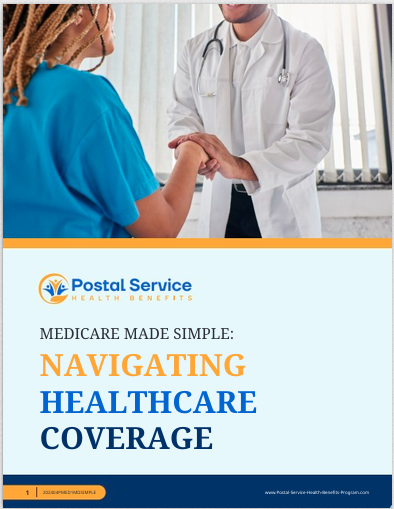Reasons for the Transition to the Postal Service Health Benefits (PSHB) Program
Understanding the Rationale Behind the Transition
Tailored Benefits for USPS Personnel
Cost-Saving Opportunities
Improved Administrative Efficiency
Mandatory Enrollment Requirement
Key Dates and Deadlines
Several key dates and deadlines are associated with the transition to the PSHB Program:
- Start Date of PSHB Program: The PSHB Program is scheduled to commence in January 2025, marking the beginning of the transition period for USPS employees and retirees.
- Open Enrollment Period: The inaugural open enrollment period for the PSHB Program will take place during the Open Season in November and December 2024. This period offers USPS employees and retirees the opportunity to enroll in or make changes to their PSHB coverage, review plan options, and adjust coverage as needed.
- Enrollment Deadline: Eligible USPS employees and retirees must enroll in the PSHB Program by the specified deadline to ensure uninterrupted healthcare coverage during the transition period. It’s essential for individuals to mark these dates on their calendars and stay informed about enrollment deadlines to avoid potential penalties or disruptions in coverage.
Statistics and Impact
According to projections, the transition to the PSHB Program is expected to impact a significant number of USPS employees and retirees nationwide. As one of the largest employers in the country, the Postal Service plays a vital role in providing healthcare benefits to its workforce, making the transition to the PSHB Program a substantial undertaking with far-reaching implications. By understanding the statistics and projected impact of the transition, USPS personnel can appreciate the scale and importance of this transformative shift in healthcare coverage and prepare accordingly for the changes ahead.
Conclusion
The transition to the Postal Service Health Benefits (PSHB) Program represents a multifaceted initiative aimed at improving healthcare access, cost-effectiveness, and administrative efficiency for USPS employees and retirees. By providing tailored benefits, leveraging cost-saving opportunities, streamlining administrative processes, and implementing a mandatory enrollment requirement, the PSHB Program seeks to enhance the overall healthcare experience for postal workers and their families. With key dates, deadlines, and statistics in mind, USPS professionals can prepare for a seamless transition to postal-specific health benefit plans that meet their unique healthcare needs and preferences. By understanding the rationale behind the transition and its potential impact, USPS personnel can navigate the complexities of healthcare benefits with confidence and ensure continued access to high-quality healthcare coverage during retirement and beyond.





